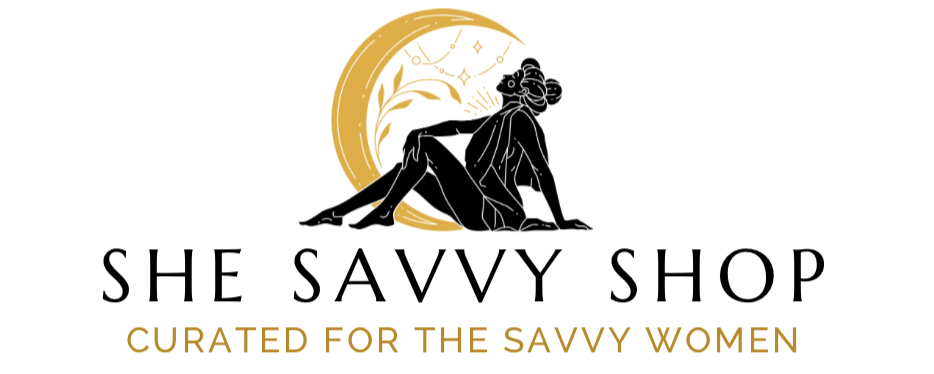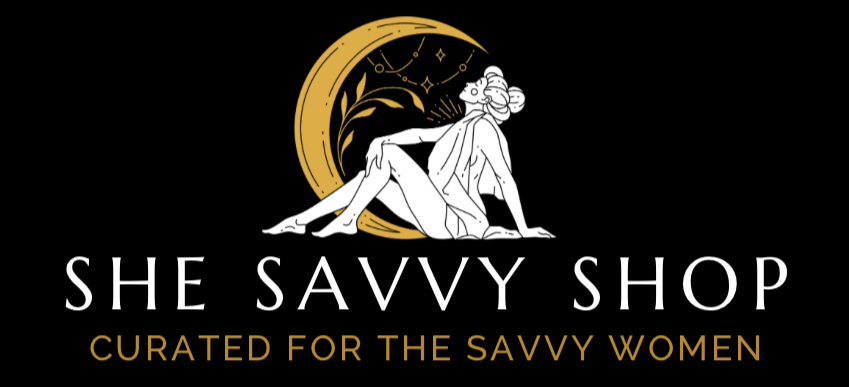
Starting with the premise that measurement isn’t a impartial or power-free course of, this dialogue paper evaluations seven key examples of how social norms are being measured in efforts to attain gender equality. The examples embrace research by the OECD, UNDP, World Financial institution, and UN Girls. The purpose is to take inventory of those approaches, establish rising classes, and assess gaps and limitations with a view to produce improved social norms measures.
The authors establish 4 cross-cutting shortcomings from the examples:
- inconsistencies in definitions and measures of social norms;
- unclear causal pathways;
- poorly evidenced or conceptually under-justified suggestions, particularly about authorized reform and the constructive position of personal sector actors inside interventions to shift social norms; and
- failure to think about collective company and contentious politics.
These all restrict the effectiveness of norms-based work in enhancing gender equality outcomes.
The paper concludes by outlining elements of a future framework for measuring social norms and gender equality, suggesting what ought to be measured, why, how, and by whom. The authors put ahead two clusters of priorities:
- enhancing the inner consistency of measures; and
- incorporating rising greatest practices by means of long-term, participatory norms measures that embody gender equality outcomes and tackle institutional dimensions of social norm change.
A concentrate on these ought to lead to a extra nuanced and efficient method to measuring and addressing social norms in direction of the achievement of gender equality.
This paper is a part of the “UN Women discussion paper series”.
Trending Merchandise











